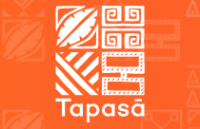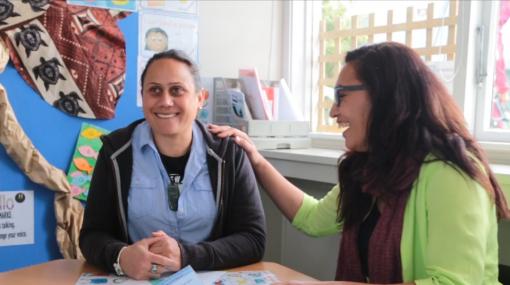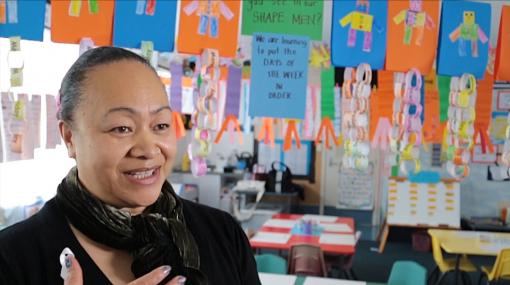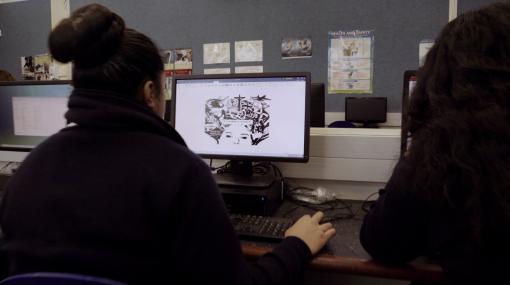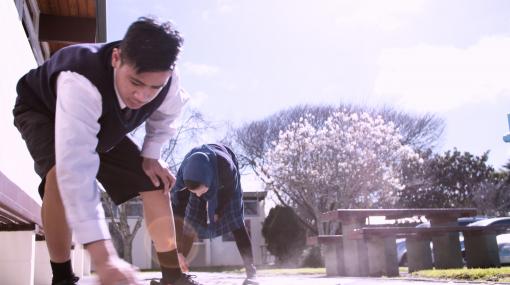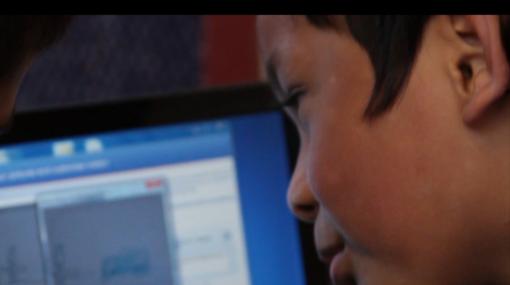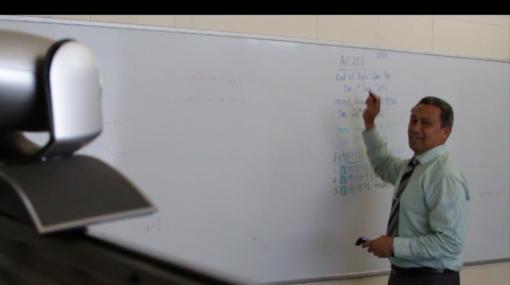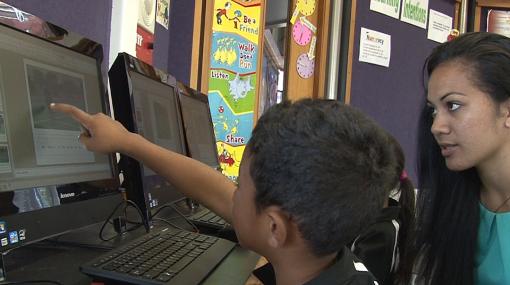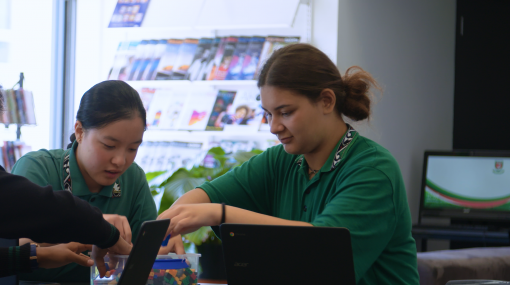Connecting with families and communities of Pacific learners
It is estimated that Pacific learners will make up approximately 20% of the student population by 2050.
The Pacific peoples community is diverse – ethnically, generationally, economically, and in language use. Take these factors into account as you plan to engage with families and communities.
Strong relationships and links between schools, families and communities are most powerful when they are reciprocal and have a clear focus on student learning.
Parents and families of Pacific learners have high expectations that the school will care about their children, and help them to learn and achieve. They want schools to be open and inclusive places. Parents and families wish for teachers who believe in their children’s potential to learn, and are willing to help them to reach their potential and succeed.
Action plan for Pacific Education 2020–2030
The Action Plan identifies five key shifts and a set of actions needed:
- Work reciprocally with diverse Pacific communities to respond to unmet needs.
- Confront systemic racism and discrimination in education.
- Enable every teacher, leader and educational professional to take coordinated action to become culturally competent with diverse Pacific learners.
- Partner with families to design education opportunities together with teachers, leaders and educational professionals so aspirations for learning and employment can be met.
- Grow, retain and value highly competent teachers, leaders and educational professionals with diverse Pacific whakapapa.
Tapasā seeks to guide and support teachers and Pacific learners, their parents, and families towards their destination – a shared vision and aspiration of educational achievement and success for Pacific learners. The Tapasā website provides resources, tools, and support for teachers of Pacific learners.
Tapasā: cultural competency framework for teachers of Pacific learners
The resource section on the Teaching Council website contains a suite of professional learning resources to give life to Tapasā including:
- Tapasā framework – download
- Quality Practice Template: cross sector examples for a QPT using a Tapasā lens
- Tapasā poster for your school, kura or centre – download
- Online resource bank
- Videos – Each video has conversation starters and helpful links
Using technologies to support connections with parents and families
Meeting parents, families, and community members face-to-face is an essential part of connecting with the Pacific community. Ongoing connections can be supported and enhanced through the use of technologies.
Holy Cross School is very multicultural community. Kathy Moy-Low explains how they have consulted with and engaged the parent community in e-learning. One of their initiatives is after school parent technology sessions, which are run once a month. In this video clip, parents explain why they go to the classes – the benefits for their own learning with technology, and how they can engage more with their children's learning.
Coretti and her mother, Fiona Tuffs, discuss how using a mobile device enables more parental involvement in schoolwork. Corretti explains how the iPad is changing the way she learns.
Ariana Williams, Mutukaroa early learning advisor/coordinator at Sylvia Park School, explains why it’s so important for parents to understand assessments and the benefits for them of knowing how to support their child better at home.
Key resource
Mutukaroa – A home-school learning partnership
Originally developed at Sylvia Park School, the Mutukaroa approach is designed to foster the development of fully engaged families who understand early years school assessment and how to use that information to support their child's learning.
Sorry, no items found.
Research and resources
Action plan for Pacific education 2020–2030
The Action Plan maps the Government’s commitment to transforming outcomes for Pacific learners and families and signals how early learning services, schools and tertiary providers can achieve change for Pacific learners and their families. The full action plan and a summary can be downloaded from this page.
An online guide for NZ educators with culturally responsive strategies to meet the needs of Pacific learners who require additional support.
Tapasā: Cultural competencies framework for teachers of Pacific learners
Tapasā: Cultural competencies framework for teachers of Pacific learners is a tool that can be used to increase the capability of all teachers of Pacific learners.
Engaging with Pasifika parents, families & communities
The Pasifika Education Community website provides school stories (videos) and resources to support schools.
Building inclusive relationships with families to support academic success for Pacific secondary students is important. In this article, Maggie Flavell reviews literature that considers the perspectives of Pacific students, their families, and teachers. An important conclusion is that listening is a key ingredient for teachers when involved in learning conversations with Pacific families. She acknowledges the issue of thinking from a Westernised mindset when working with Pacific people and offers a suggestion on how to build relationships to overcome this.
- Journal issue: Set 2017: no 2
Making connections for Pacific learners' success (ERO)
This report discusses secondary schools where Pacific learners are achieving at or above the national norms for all students. It includes details of initiatives and good practice and how these work together to get great results.
This literature review explores barriers to Pacific Island parent/community engagement and strategies that can support home-school engagement.
The Pasifika way of connecting and collaborating
In this blog post Learning with Digital Technologies (LwDT) facilitator, Togi Lemanu talks about ways to successfully connect and begin to build relationships with the community Pasifika.
Ideas to engage your community
Diana Tregoweth outlines some of the approaches in place at Owairaka School to encourage parent, family, and community engagement in the school in this series of videos.

